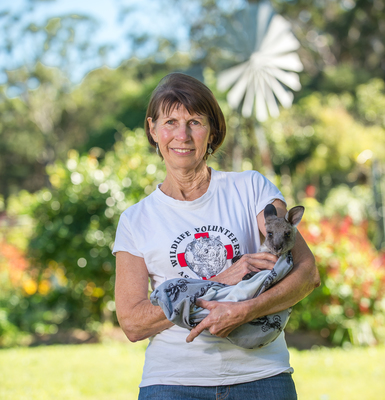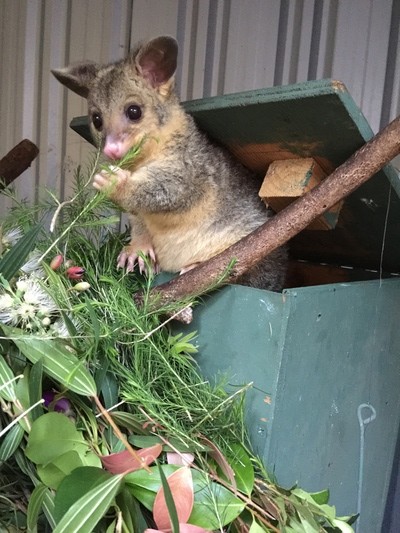An ambitious conservation proposal dubbed ‘Project Noah’ was launched on the Sunshine Coast last Friday to combat the killing of native wildlife by feral cats.
Environment and Energy Committee chair Ted O’Brien was joined by Wildlife Volunteers Association (WILVOs) chair Sylvia Whiting and wildlife survivors of cat attacks to launch a Parliamentary Inquiry Report that recommends Project Noah and other measures to help protect wildlife from cats.
“Feral cats kill over three billion native animals across Australia each year, equating to a kill rate of more than 1,100 per cat,“ Mr O’Brien said.
“More wildlife is killed by feral cats on an annual basis than all the wildlife that perished in last year’s Black Summer Bushfires, which really puts this problem in perspective.
“Feral cats need to be culled, but it’s going to take time before we have the technology to rid these lethal carnivores from our natural environment at the scale required, and in an affordable and humane way.
“And this is where Project Noah comes in.“Project Noah would be a conservation mission aimed at expanding Australia’s network of predator-free fenced areas and islands. It would bring together the expertise and resources of governments, communities, the private sector and philanthropic groups to protect threatened native species from the predation of feral cats and other predators.
Australian Wildlife Conservancy (AWC), the country’s largest private owner and manager of land for conservation, welcomed the recommendation.
“Feral cat eradication is complicated and we welcome the Government’s support to help solving this critical issue,” AWC chief science officer John Kanowski said.
“AWC has demonstrated the outstanding success in ongoing exclusion of feral cats (and other pests) from our sanctuaries and this has led to the consequent recovery of many threatened species.”
AWC has eight fenced areas and one island supporting populations of 15 threatened mammal species, undertakes research on the ecology of feral cats and is a leading advocate for the establishment of feral cat-free areas in Australia.
Ms Whiting said many of their wonderful wildlife volunteers cared for injured, sick and orphaned animals that had fallen victim to cats. “The more we can do to protect native species, the better,” she said.
Other recommendations in the Committee’s report included further research to understand cat impacts; develop nationally consistent definitions for feral, stray and domestic cats; develop gene drive technology and manage cat-borne diseases.
A ‘reset’ of the Australian Government’s policy, planning and resourcing was also recommended to include a new iteration of the Threat Abatement Plan for feral cats, a revised Threatened Species Strategy, a review of the Environment Protection and Biodiversity Conservation Act as well as new management of domestic cats including increased support for de-sexing, registration and microchipping, a consideration of night curfews, and a national cat ownership education campaign.









